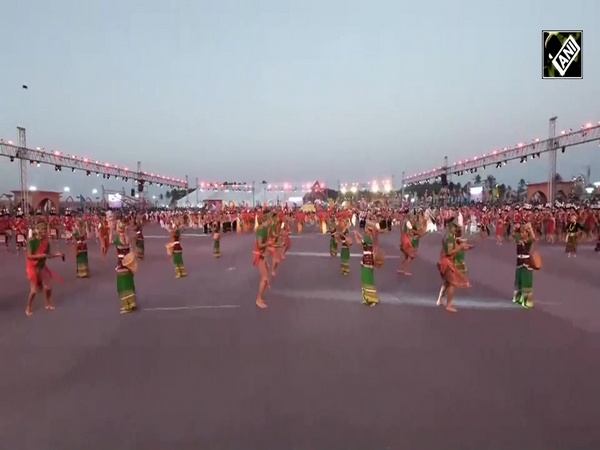Enforced birth control measures driving human rights violation in China: Report
Jun 24, 2022

Beijing [China], June 24 : In order to put a barricade on the receding population, the Communist Party of China have tried to increase the birth rate in the country in a quest to increase the size of the labour force and restore the advantages of cheap labour by initially switching to a two-child and then a three-child policy, contradicting its very own past policies.
The violation of human rights has been at its peak in China in many forms, enforced birth control measures being one major cause.
Amnesty International had previously stated that enforced birth control measures are a violation of human rights, and the government has no business regulating how many children people would have, the Hong Kong post reported.
It was later analysed by the American Economic Association (AEA) that these policy changes have not attained the desired results, adding that it would be difficult for China to reach a double-digit annual growth rate in a short span of time. The population of China stood at 540 million in 1949, and it later rose to 969 million in 1979 when the one-child policy was in effect. However, the effect was seen later during the late 1990s when wages in China started increasing faster than productivity; suggesting that Chinese labour was becoming more expensive due to the receding population. The period from 1998 to 2010 was a period of fast growth in wages at 13.8 per cent, exceeding the real growth rate in the gross domestic product at 12.7 per cent.
"Cheap labour has played a central role in the Chinese model, which has relied on expanded participation in world trade as a main driver of growth," the Hong Kong post reported citing the Journal of Economic Perspectives of the AEA.
CCP's tactic to increase future labour supply through increased birth rate so that the comparative advantage of cheap labour is maintained does not have the desired effect of increasing the population growth rate in any significant way. The cost of raising children has deterred many Chinese couples from having more babies. Moreover, the census figures for 2021 reveal the slowest growth rate in population in decades.
The high growth rate in China seen in the past had been driven by low-skilled manufacturing labour. In the future, however, it would take a minimum of 20 years for the babies born today to enter the workforce as skilled labour, the Hong Kong Post reported.
According to the analysts, the three-child policy is not likely to succeed either, as the high growth rates in China were driven by low-skilled manufacturing labour in the past and at least two decades would be needed for the babies born today to enter the workforce as skilled labour.
Last year, Beijing issued a new Population and Family Planning Law that allows Chinese couples to have three children, ostensibly responding to couples' unwillingness to have additional children due to rising costs.
The decision to allow the third child was implemented after the once-in-a-decade census in 2020 showed that China's population expanded at the slowest rate in history, reaching 1.412 billion people, showcasing negative population growth.
According to census data, China's demographic issue is predicted to worsen as the over 60 years old increased by 18.7 per cent to 264 million people. Based on the 2010 census, China's overall population has grown 5.8 per cent since 2000, from 1.27 billion to 1.34 billion, compared to a pace of 11.7 per cent, nearly twice, during the 1990 and 2000 censuses.


















